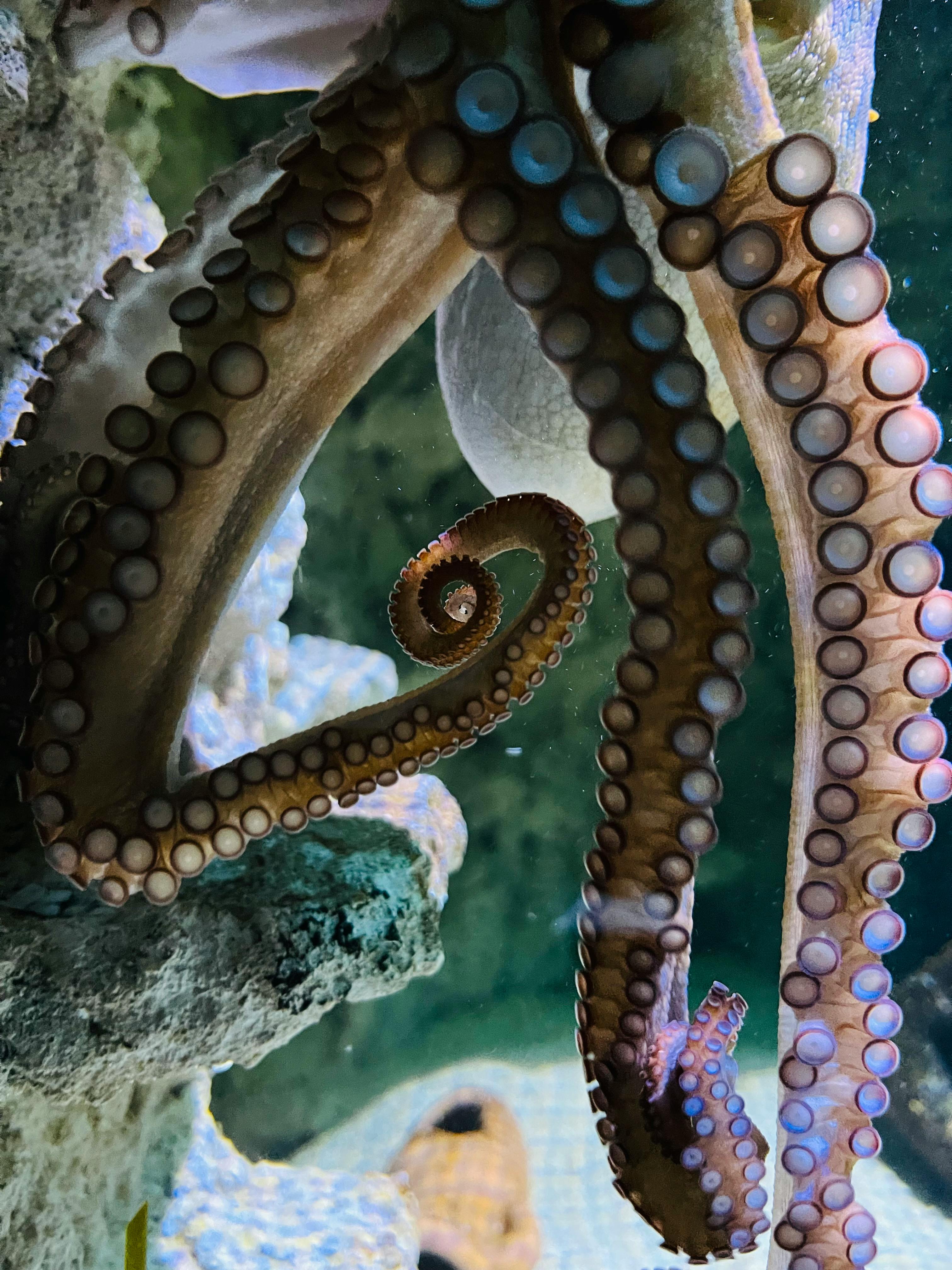Decoding the Enigmatic World of Cuttlefish Communication
The underwater realm holds countless mysteries, but few creatures captivate marine enthusiasts quite like the cuttlefish. These enigmatic cephalopods possess an unparalleled ability to communicate through a mesmerizing display of colors, patterns, and textures. This article delves into the intricate world of cuttlefish communication, exploring the science behind their remarkable displays and the implications for our understanding of marine life.

The Biology Behind the Spectacle
At the heart of cuttlefish communication lies a sophisticated biological mechanism. Cuttlefish skin contains millions of chromatophores, specialized cells filled with pigment sacs that can expand or contract on command. These chromatophores are controlled by the cuttlefish’s nervous system, allowing for rapid and precise changes in color and pattern. Beneath the chromatophores lie iridophores and leucophores, which reflect and scatter light to produce iridescent and white colors, respectively.
This layered system of pigment cells and light-reflecting structures allows cuttlefish to produce an astonishing array of colors and patterns. From vibrant reds and blues to intricate zebra-like stripes, cuttlefish can create displays that are both beautiful and functional. The speed at which they can change their appearance is equally impressive, with some species capable of altering their entire body pattern in less than a second.
A Language of Patterns
Cuttlefish communication extends far beyond simple color changes. These intelligent creatures use a complex system of patterns and textures to convey specific messages. Scientists have identified over 30 distinct body patterns in some cuttlefish species, each with its own meaning and purpose. These patterns can be broadly categorized into three main types: uniform, mottle, and disruptive.
Uniform patterns involve a solid color across the entire body and are often used for camouflage or to signal submission. Mottle patterns consist of small, irregular spots and are typically employed for blending into complex backgrounds. Disruptive patterns, characterized by high-contrast elements, break up the cuttlefish’s outline and are used for both camouflage and communication with other cuttlefish.
Courtship and Competition
One of the most fascinating aspects of cuttlefish communication is its role in courtship and mating. Male cuttlefish engage in elaborate displays to attract females and ward off rival males. These displays often involve rapid changes in color and pattern, with males showcasing their most vibrant and intricate designs. Some species even employ a split coloration technique, displaying different patterns on each side of their body to simultaneously court a female on one side while intimidating a rival male on the other.
Female cuttlefish also use color changes to signal their receptiveness to mating. They may display specific patterns to indicate their readiness or employ camouflage to avoid unwanted attention. This complex interplay of visual signals allows cuttlefish to navigate the challenges of reproduction in the competitive marine environment.
Deception and Defense
Cuttlefish communication isn’t limited to interactions with their own species. These clever cephalopods also use their color-changing abilities to deceive predators and prey alike. When threatened, cuttlefish can instantly transform their appearance to blend in with their surroundings, effectively becoming invisible to potential predators. Some species can even mimic the appearance of other marine creatures, such as hermit crabs or sea snakes, to deter attackers.
When hunting, cuttlefish employ a different set of tactics. They may use hypnotic color patterns to mesmerize their prey or create the illusion of movement to lure curious fish closer. These deceptive displays showcase the cuttlefish’s intelligence and adaptability, highlighting the sophisticated nature of their communication system.
Implications for Marine Science and Conservation
The study of cuttlefish communication has far-reaching implications for marine science and conservation efforts. By understanding how these creatures interact with their environment and each other, researchers gain valuable insights into the complex ecosystems of our oceans. This knowledge can inform conservation strategies and help protect not only cuttlefish populations but also the broader marine habitats they inhabit.
Furthermore, the unique communication abilities of cuttlefish have inspired advancements in various fields, from materials science to robotics. Scientists are exploring ways to mimic the cuttlefish’s color-changing skin for use in camouflage technology and adaptive displays. These bio-inspired innovations demonstrate the potential for nature to drive technological progress and underscore the importance of preserving marine biodiversity.
As we continue to unravel the mysteries of cuttlefish communication, we gain a deeper appreciation for the complexity and beauty of life beneath the waves. These remarkable creatures serve as a reminder of the wonders that still await discovery in our oceans and the critical importance of protecting these fragile ecosystems for future generations.





